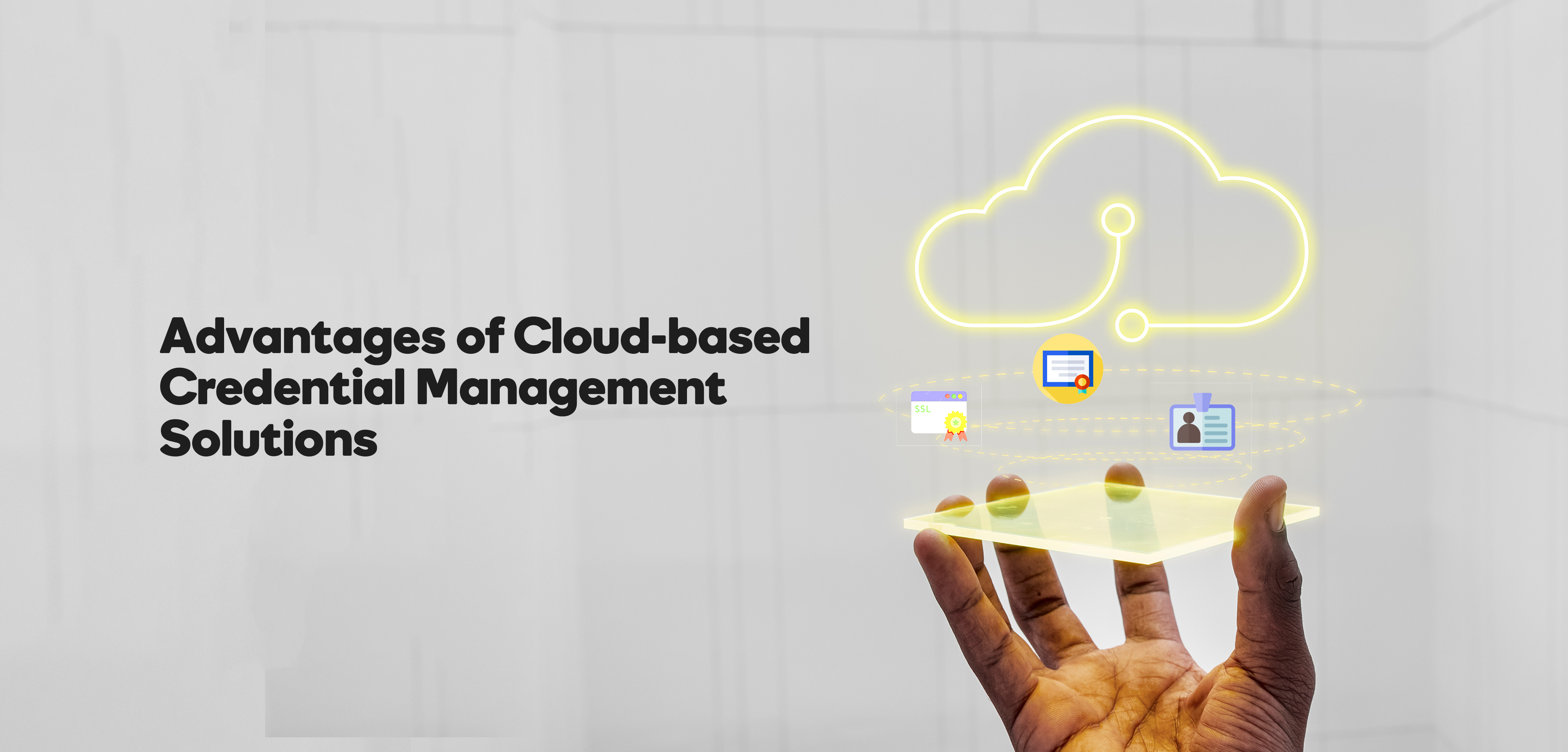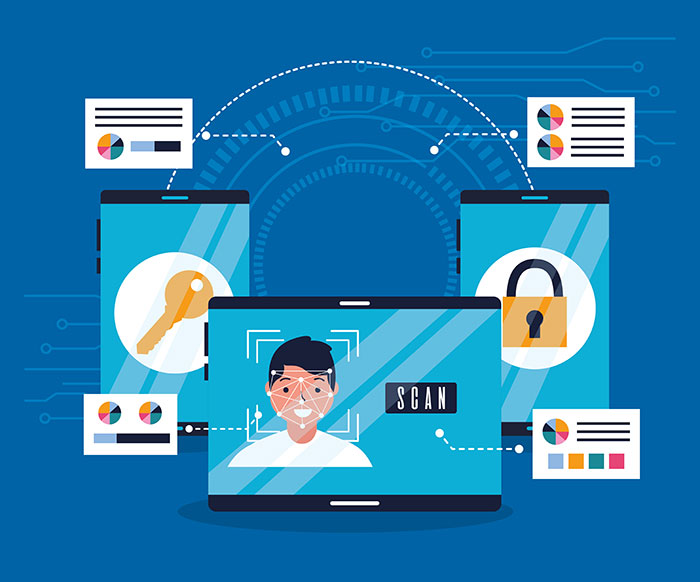When you think about the emergence of The Cloud, it’s been a fantastic journey. For those of us old enough, we can remember when data memory was expensive and then cheap again. We can also remember when the electricity bill was so expensive because of the air conditioning for our expanded servers. Finally, not forgetting our favourite evening chore, switching those drives in the daily backups process.
The Cloud definitely changed our lives and has unleashed a continuous digital transformation journey.
So now think of the server room as our own wallet. We don’t want to miss out on our loyalty points when we buy our shopping or fill up our cars with fuel. We don’t want to miss out on our air miles when we leave the country. We are now gamification addicts, so not getting points for our next free coffee is not an option.
Getting a new job is another life experience where we demonstrate our amazing talents with our educational certificates. Then there are examples where we use our passports, our driving licenses or even our health certificates to verify ourselves.
Through life, we accumulate more and more credentials, but we can’t carry them all with us. Or can we? I guess it really depends on how they are issued in the first place. This is why every provider of credentials has to think about how they provide that credential in a way that it can be consumed and used by their customers.
Here are the top 3 areas that a great Cloud Based Credentialing Management solution should give you:
- Verification: Your credential needs to be created and issued in a way that it can never be faked. That is why you see so many providers now secure their credentials using everything from a basic QR code to securing it on the Blockchain. The Issuer often delivers the same platform to the Verifier, but a closed-loop platform may not be ideal when you’re verifying credentials from multiple sources.
- Smartphone Apps: Just like our coffee cards, in today’s world, we expect that we can carry our credentials around on our smartphones. Some providers can send credentials to our phone wallets. Others create apps that aggregate all the different credentials into a single app. Either way, we need it on our phones. To achieve this, those credentials would also need to be linked to your Digital Identity.
- Access to Data: It’s not just about what’s ON the credential. It’s about what is IN the credential. As an example, if you took an MS Excel course, your credential should tell the world that you can do formulas, charts and pivot tables. By receiving the credential from the Issuer, you should automatically send these micro-credentials in a way that you can use them even though they may not be visible on the certificate itself.
So the next time you are issued a credential, ask yourself whether the experience of using it was as easy as getting points for your free coffee. If it was not, then perhaps it is time to ask yourself whether you are working with the right credential provider.







